[elementor-template id=”32″]
Spring
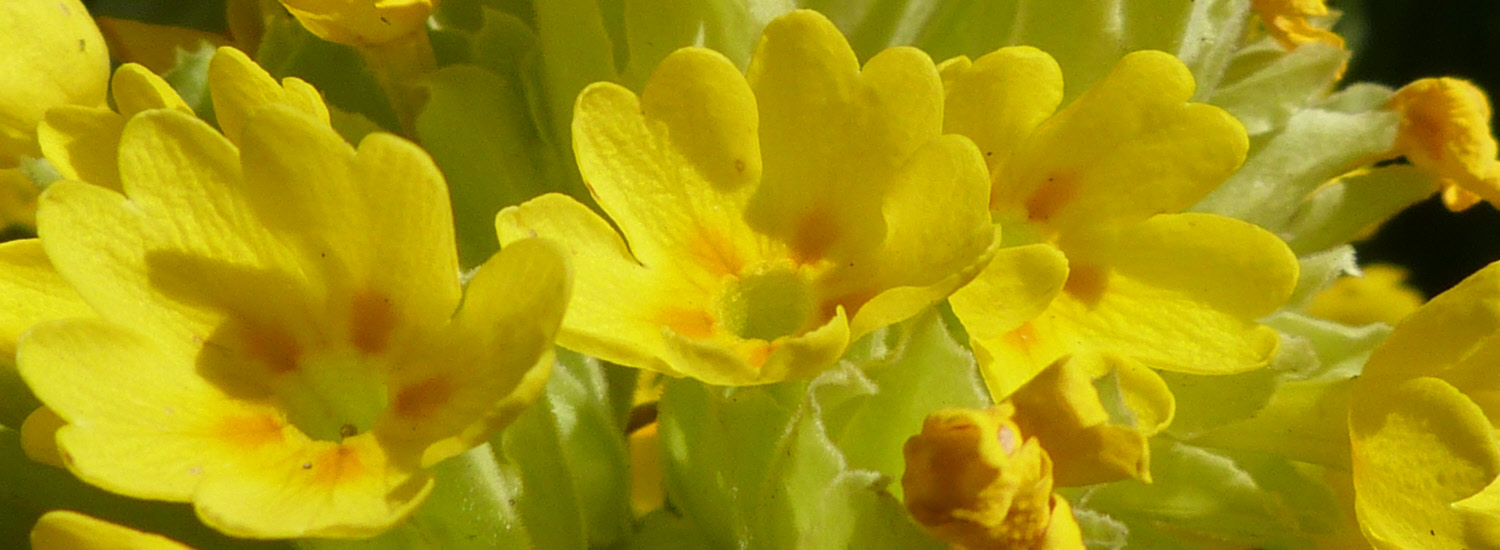
What to look out for in spring
Spring flowers and ancient woodlands
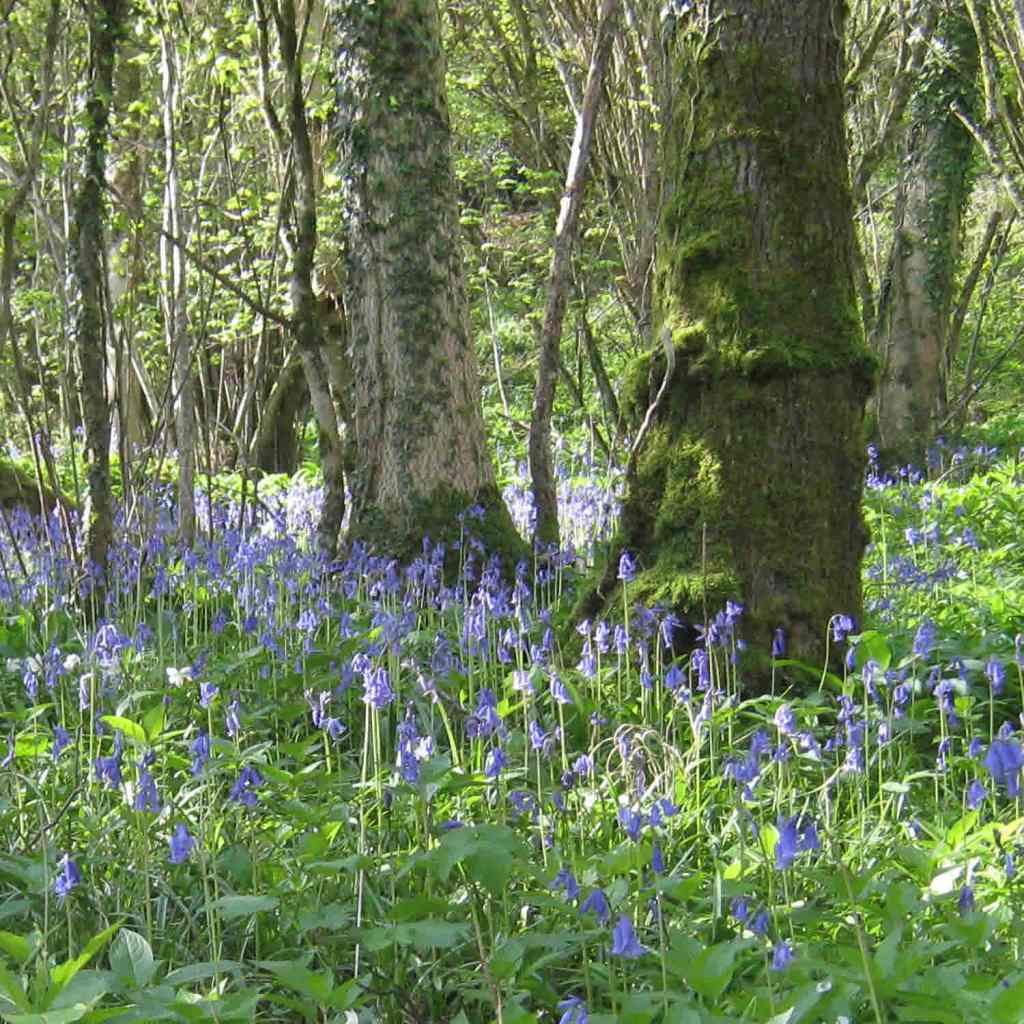
The bank along Great Head Lane at Hilfield is full of early spring flowers. Many of these are what are known as ‘Ancient Woodland Indicators’. These are species that like to grow in the shade of trees and are slow spreading. If there are a lot of them it suggests that the ground has had trees growing over it for a long time.
Plants growing under the trees’ canopy need to make the most of the sunlight before the trees’ leaves grow and block out much of the sun. That is why woodland species are often the earliest to grow and flower whilst they still have light.
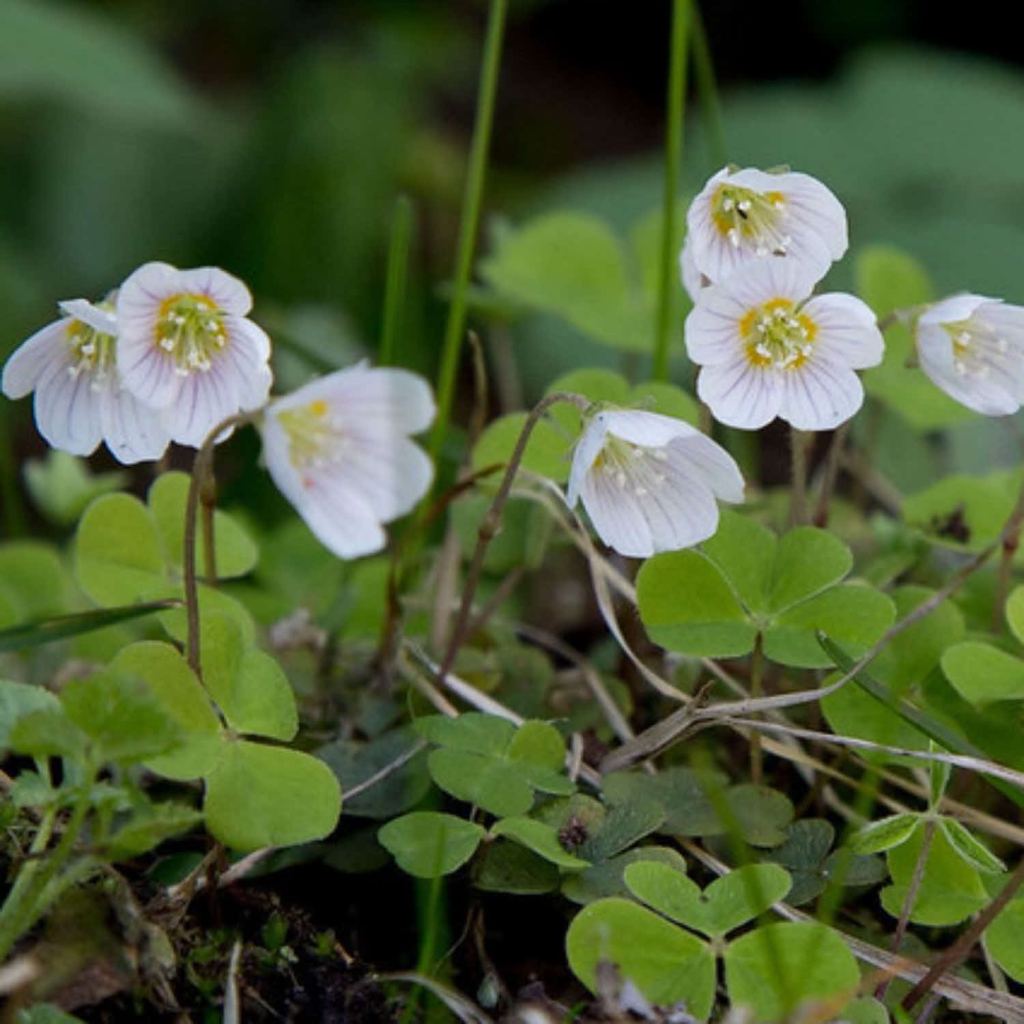
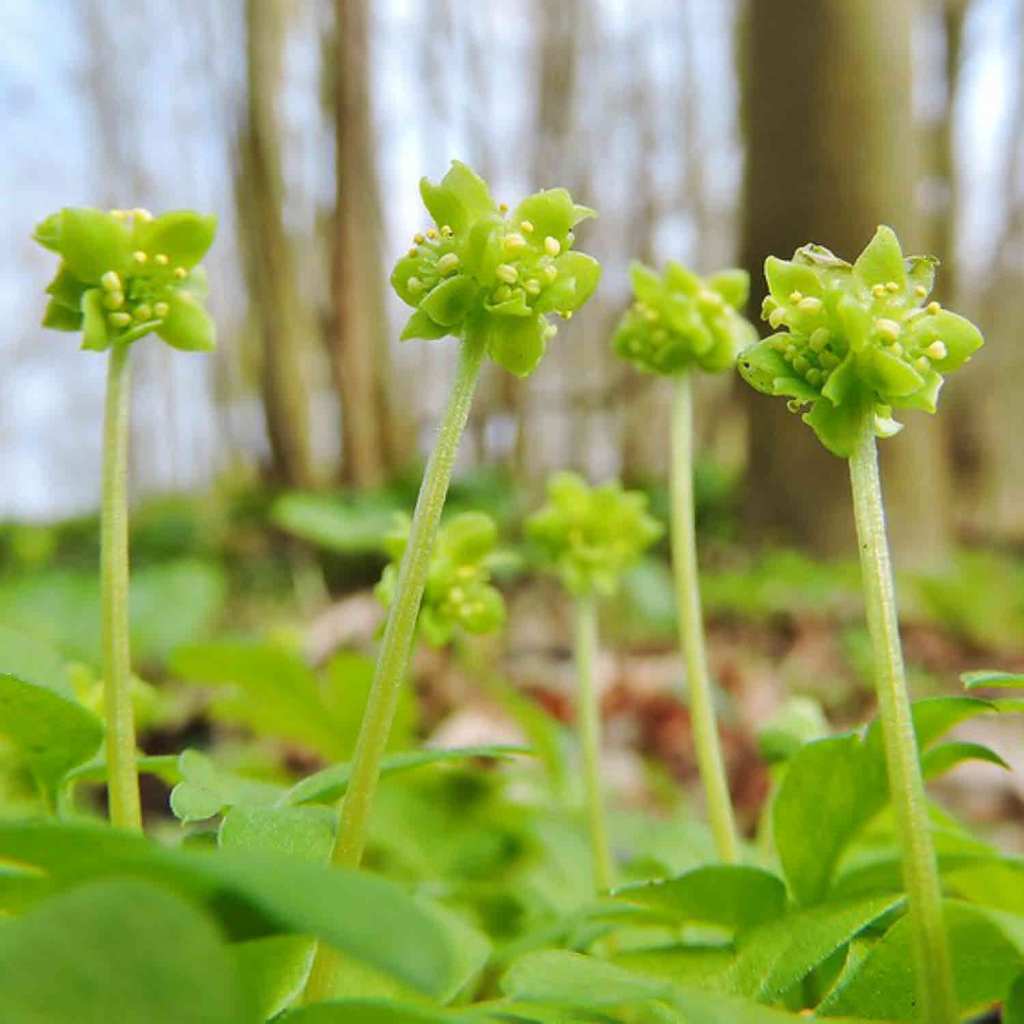
Moschatel is a symbol of Christian watchfulness, perhaps because they can be hard to spot. Look for the fascinating cuboid inflorescence made up on the sides by 4 flowers with 5 petals, and topped by a 4 petalled one.
The arrangement of the Woodruff leaves resemble a Tudor gentleman’s collar or ruff hence the name. This plant was used throughout the middle ages for strewing onto floors. Its leaves give off the distinctive smell of new mown hay when crushed.
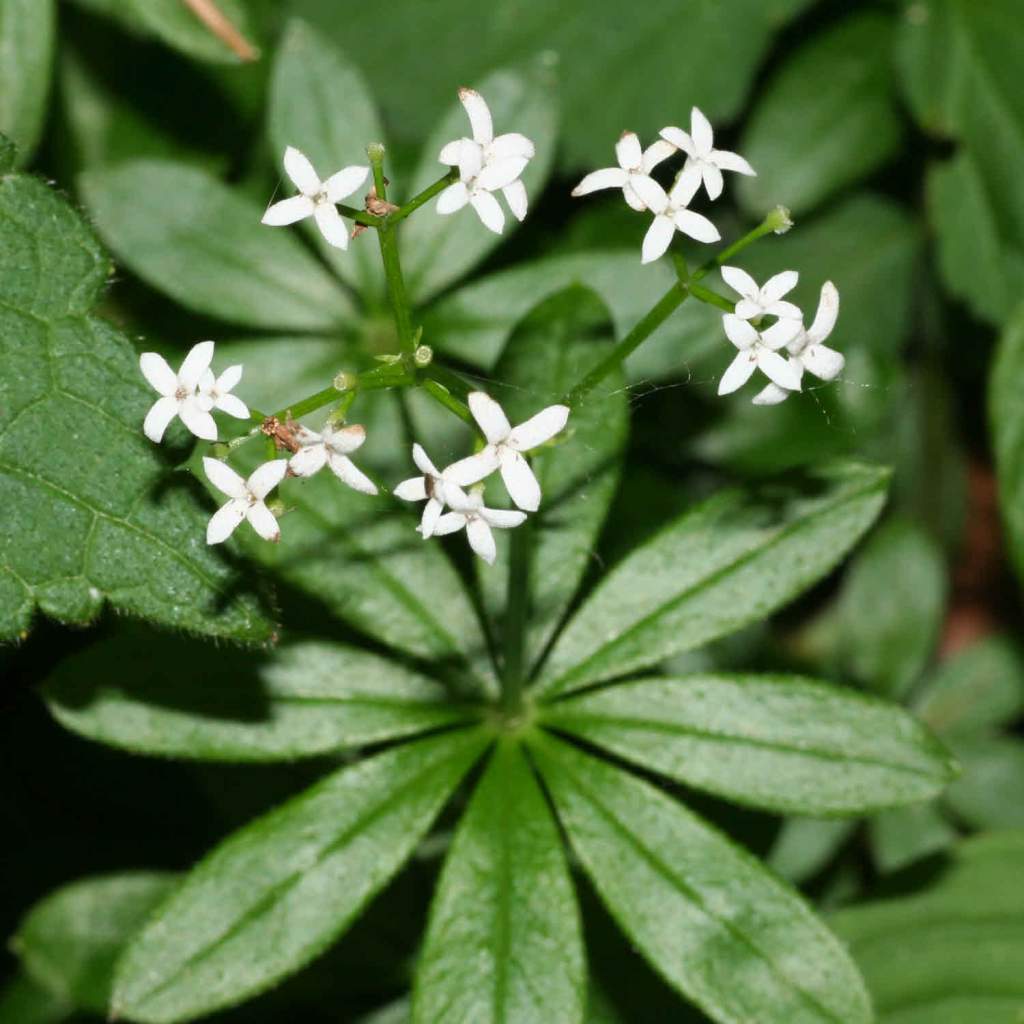
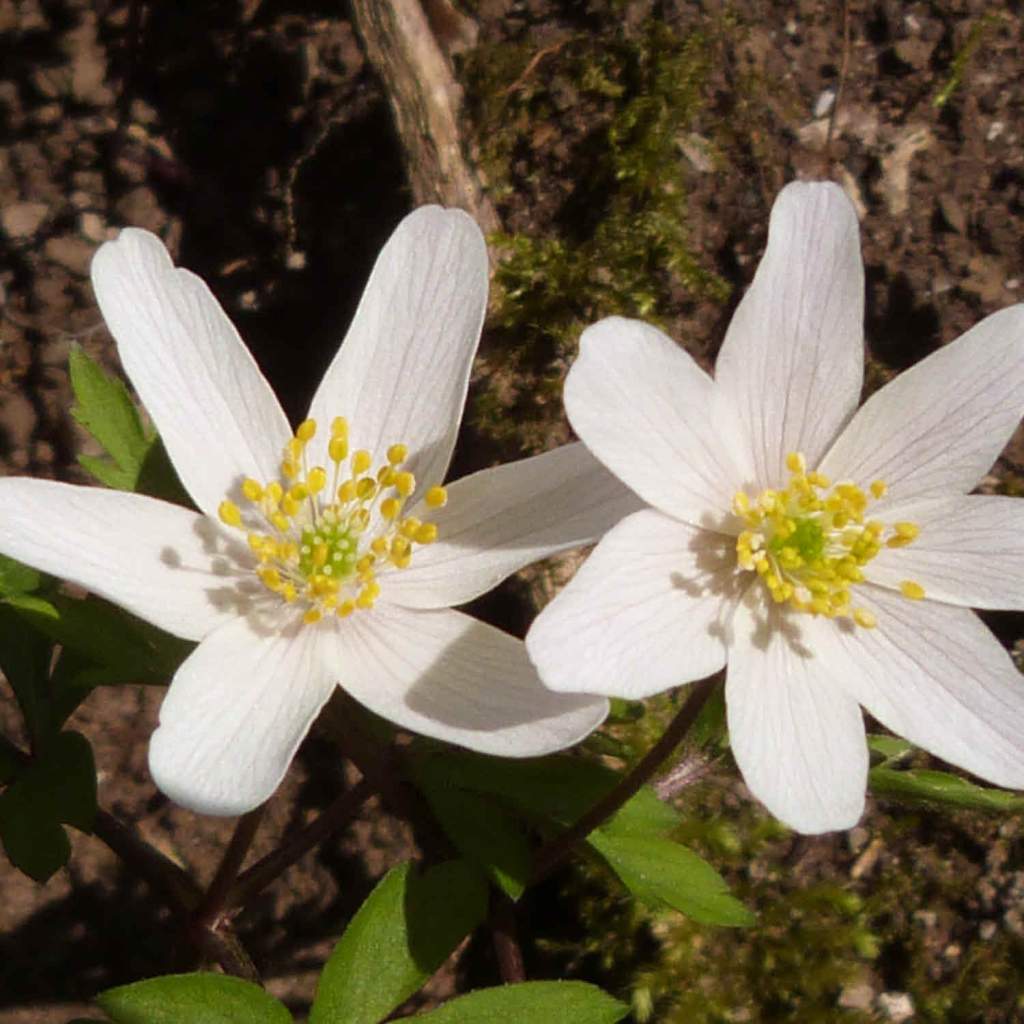
The Wood Anemone is a beautiful, delicate, ephemeral flower that appears from nowhere in spring and is vanished by early summer. This is a typical example of an Ancient Woodland Indicator species. The flowers don’t all have the same number of petals Most have 6 or 7 but some can have up to 10! What is the biggest number you can find?
Toothwort is a fascinating plant that is completely parasitic on the roots of the hazel beneath which it appears. It has no need for leaves or chlorophyll as it steals all it nutrients and hence its pale colour. The only part to appear above ground are the teeth like flowers.
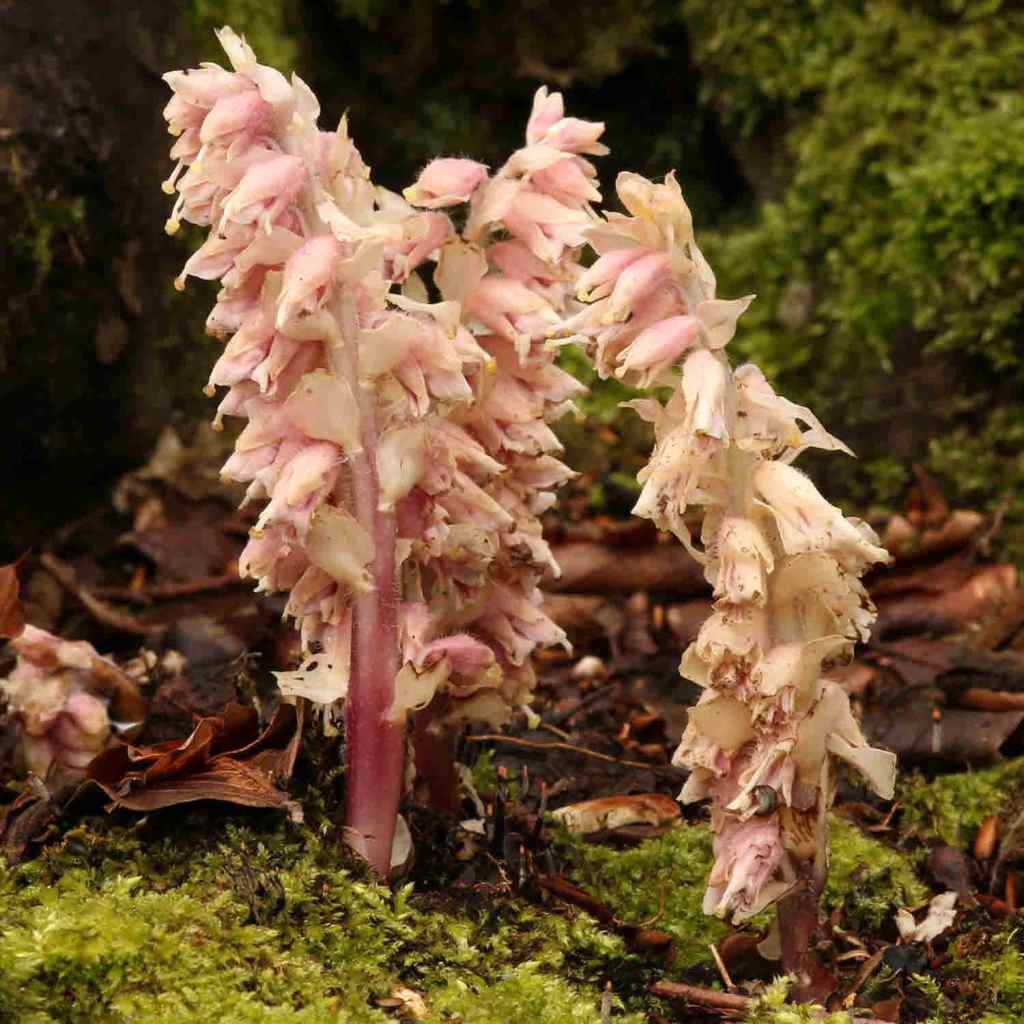
Birds in early spring
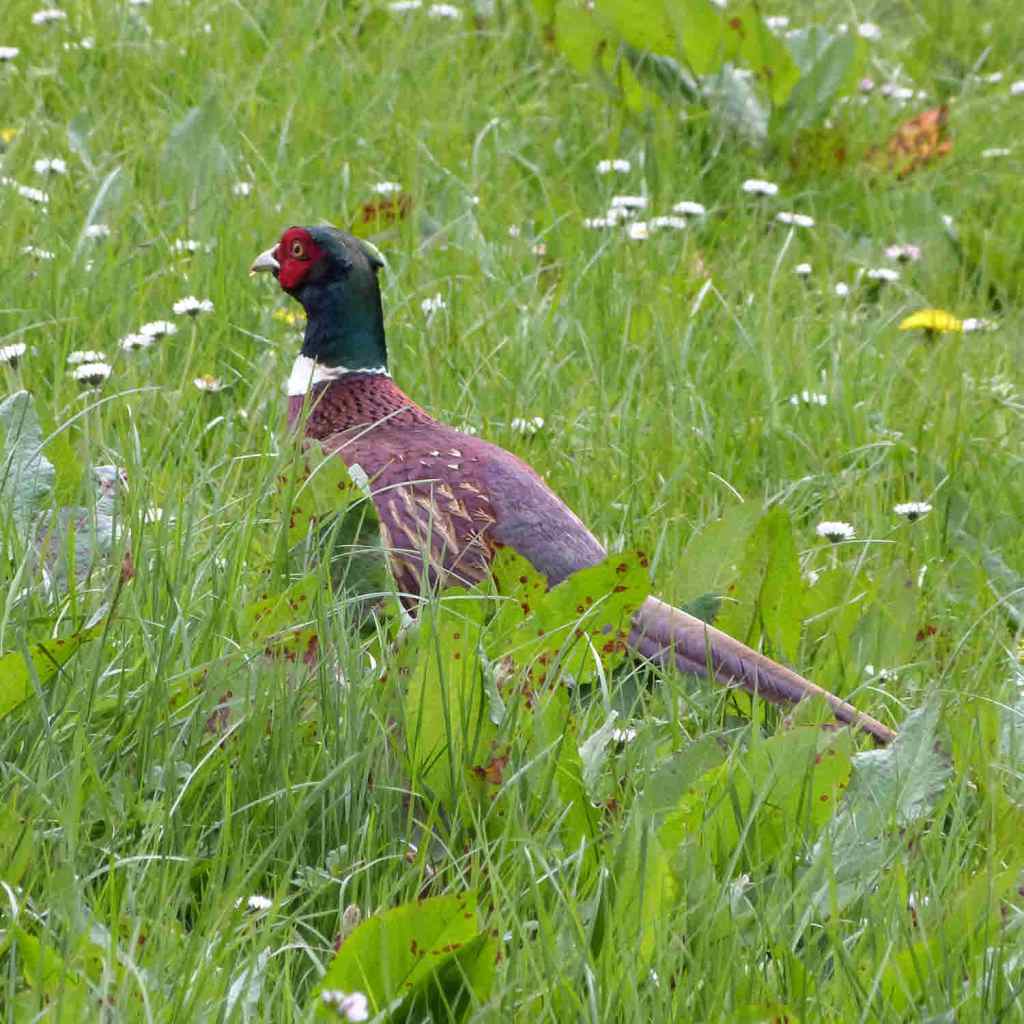
As the days get steadily longer many birds’ behaviours start to change in preparation for the breeding season. Look for the colourful male pheasant strutting around and aggressively defending his breeding territory. This is normally open ground along the edge of a wood or thick hedge. Listen for his abrupt harsh kutuk-kutuk-kutuk crow, used to chase rivals away from his territory and its harem of females.
Listen for woodpeckers drumming on hollow branches to communicate within a breeding pair and to ward off competitors. You can often hear this from the big oak trees by the car park. Look for holes in dead wood where the woodpecker has been searching for food.
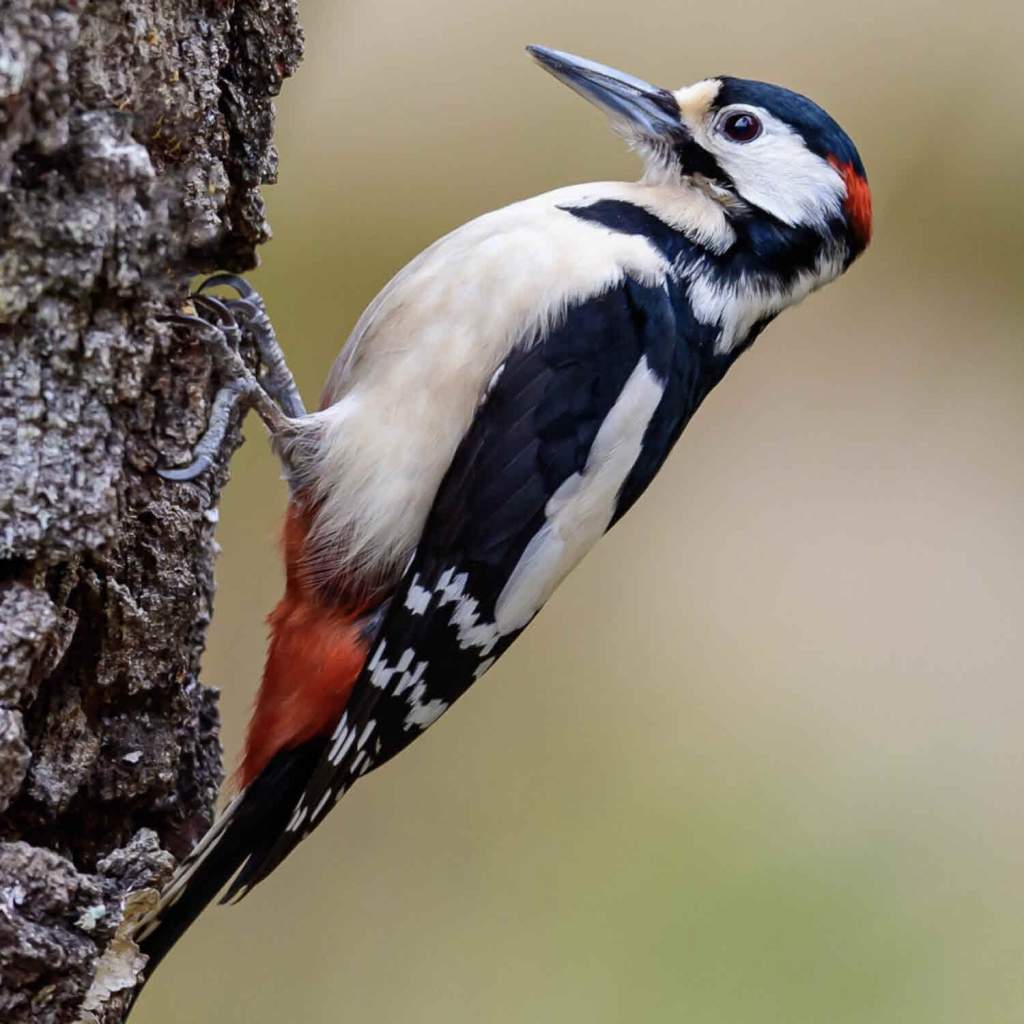
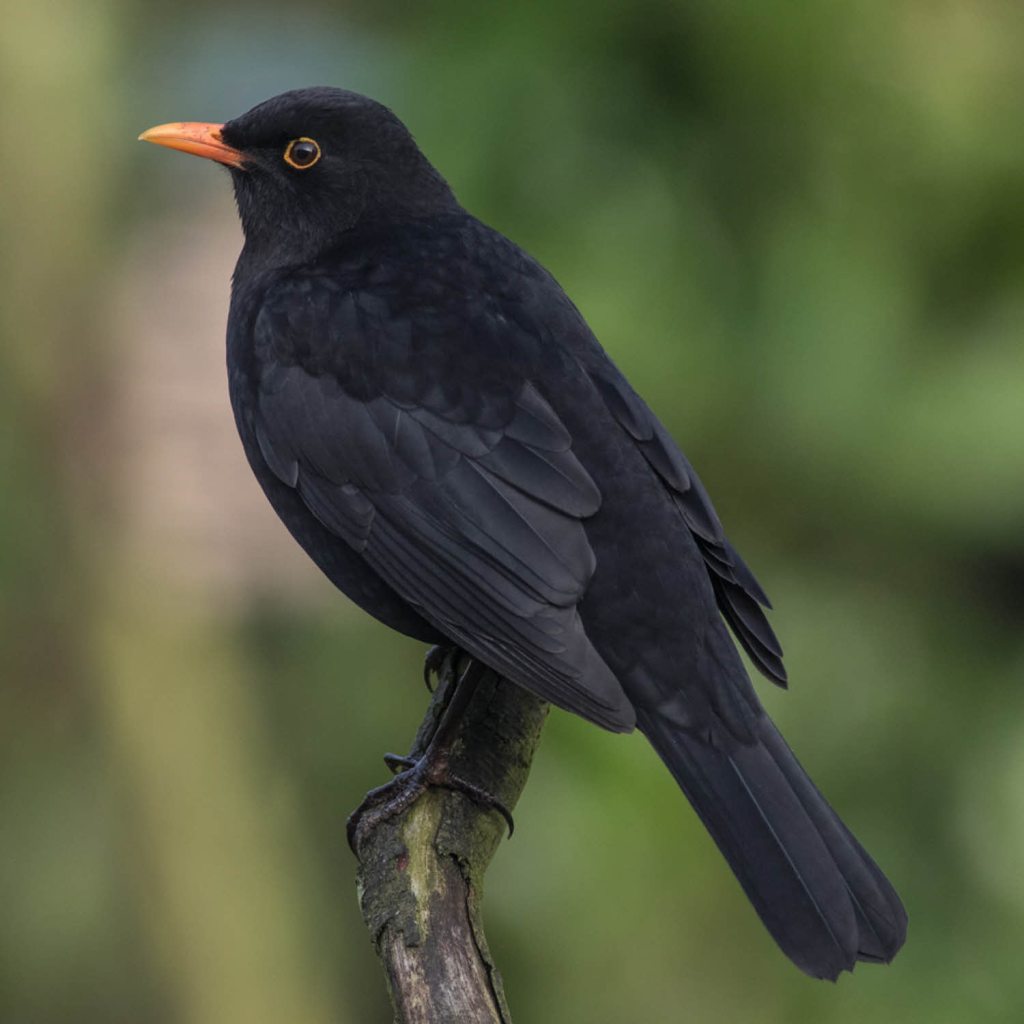
After having lived a peaceful life over winter, pairs of blackbirds begin to carve out their breeding territories. The monogamous pair will defend the territory together The males chase off males and females other females. Male blackbirds try to chase rivals with a characteristic bow and run display that is normally enough to see off invaders. You may see the females collecting nesting material, one of the few jobs she does without the male’s help.
At this time of year it is mainly the young males who sing from an elevated vantage point. This is to test if another male is resident who would then chase him away rather than to claim a territory. The older males sing later around the time the female lays her first clutch of eggs.
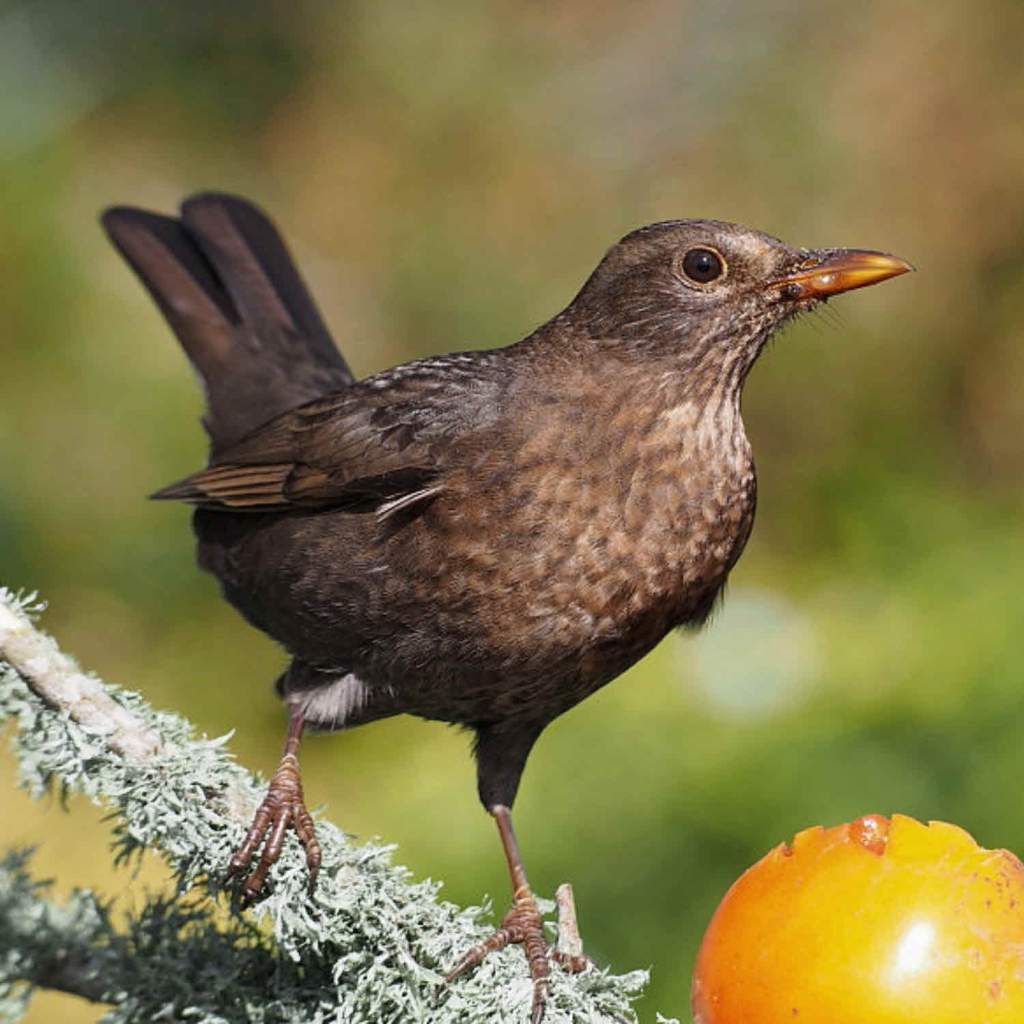
Where possible Hilfield Friary’s photo bank is used. Other sources are copyright free.
[elementor-template id=”172″]